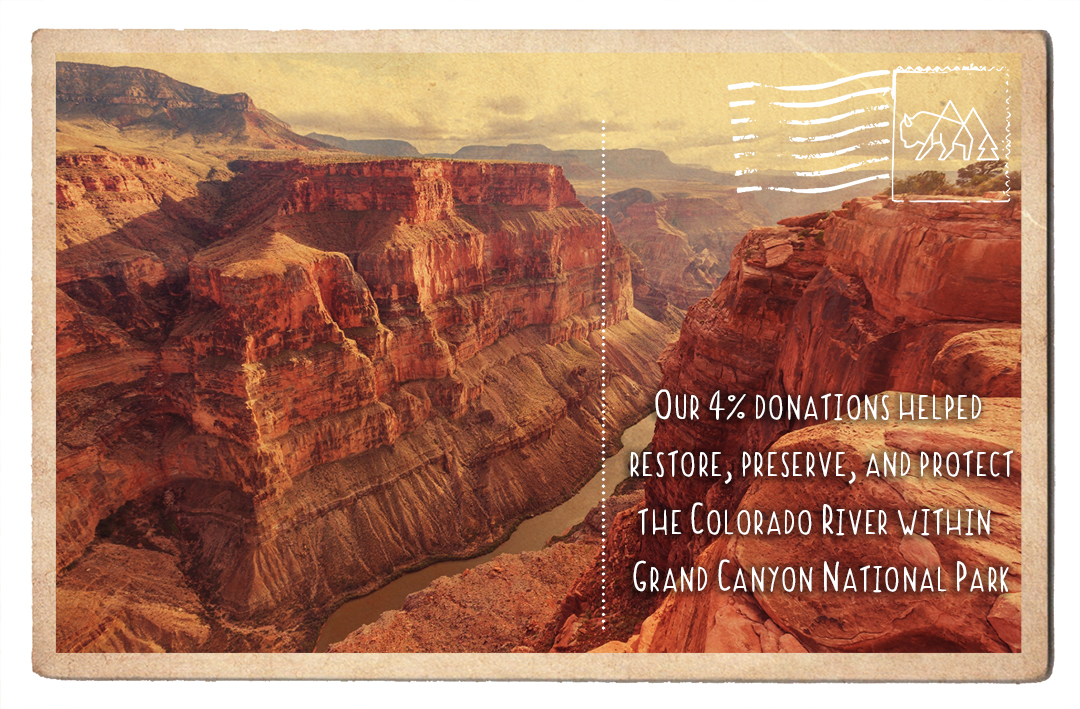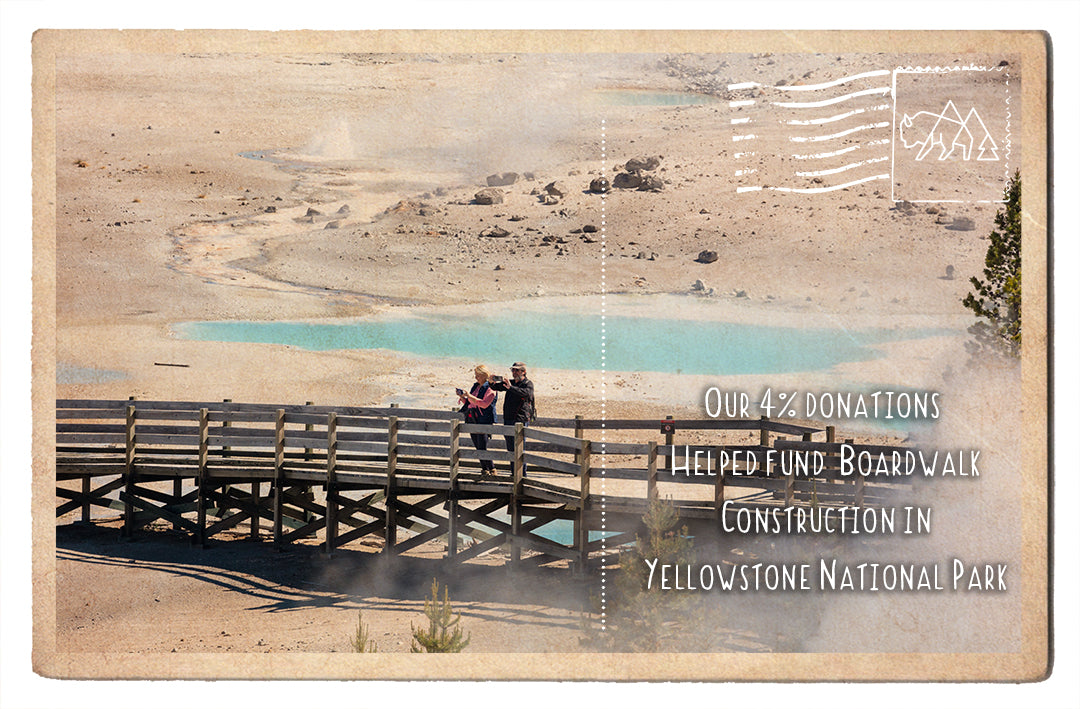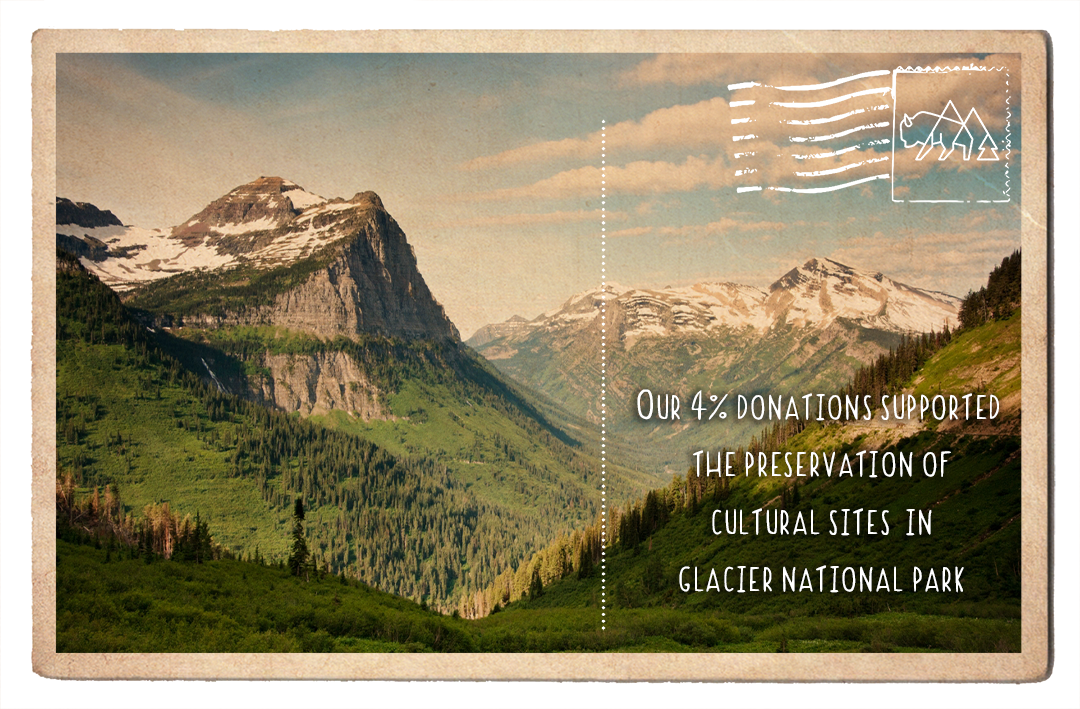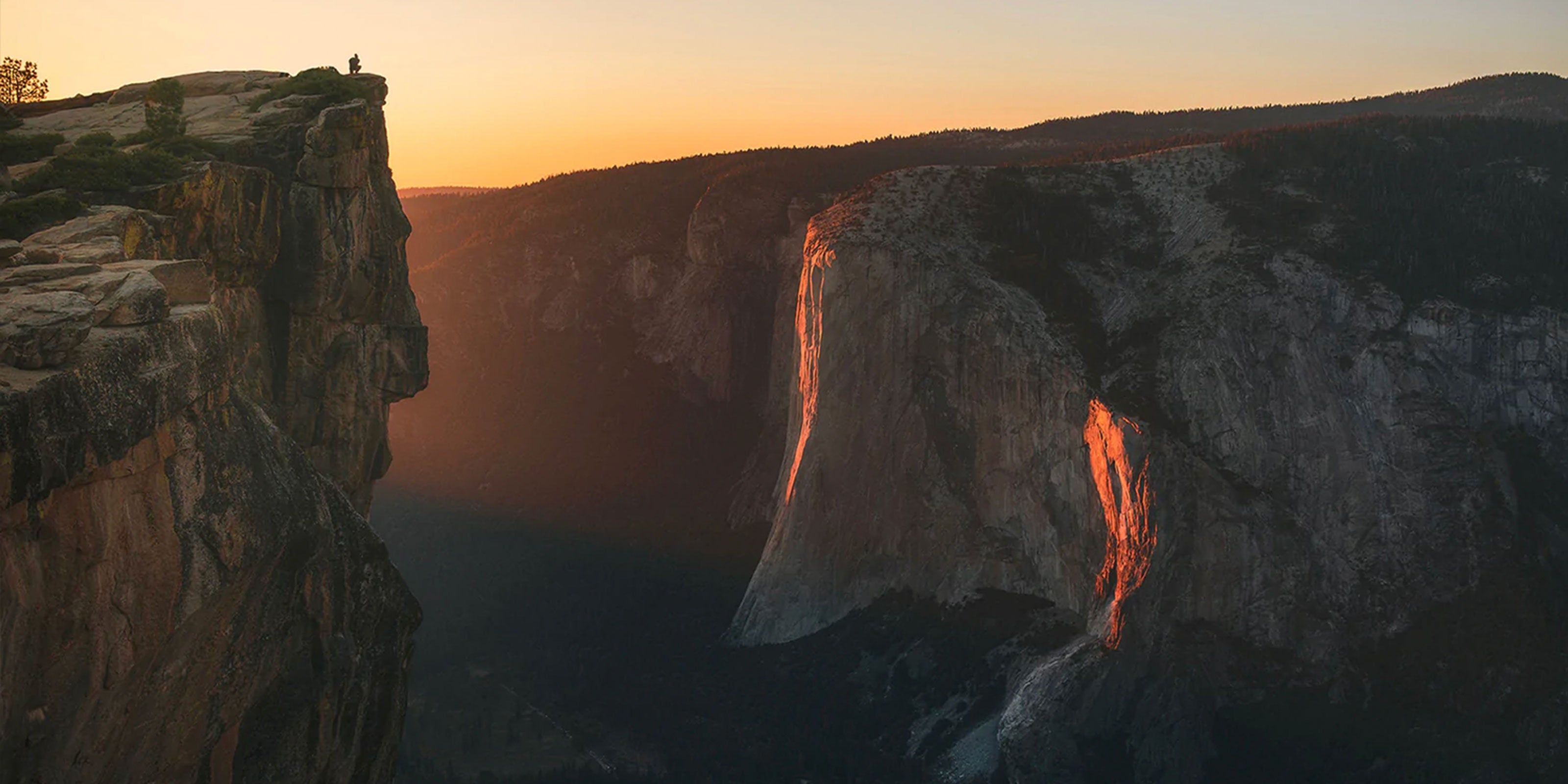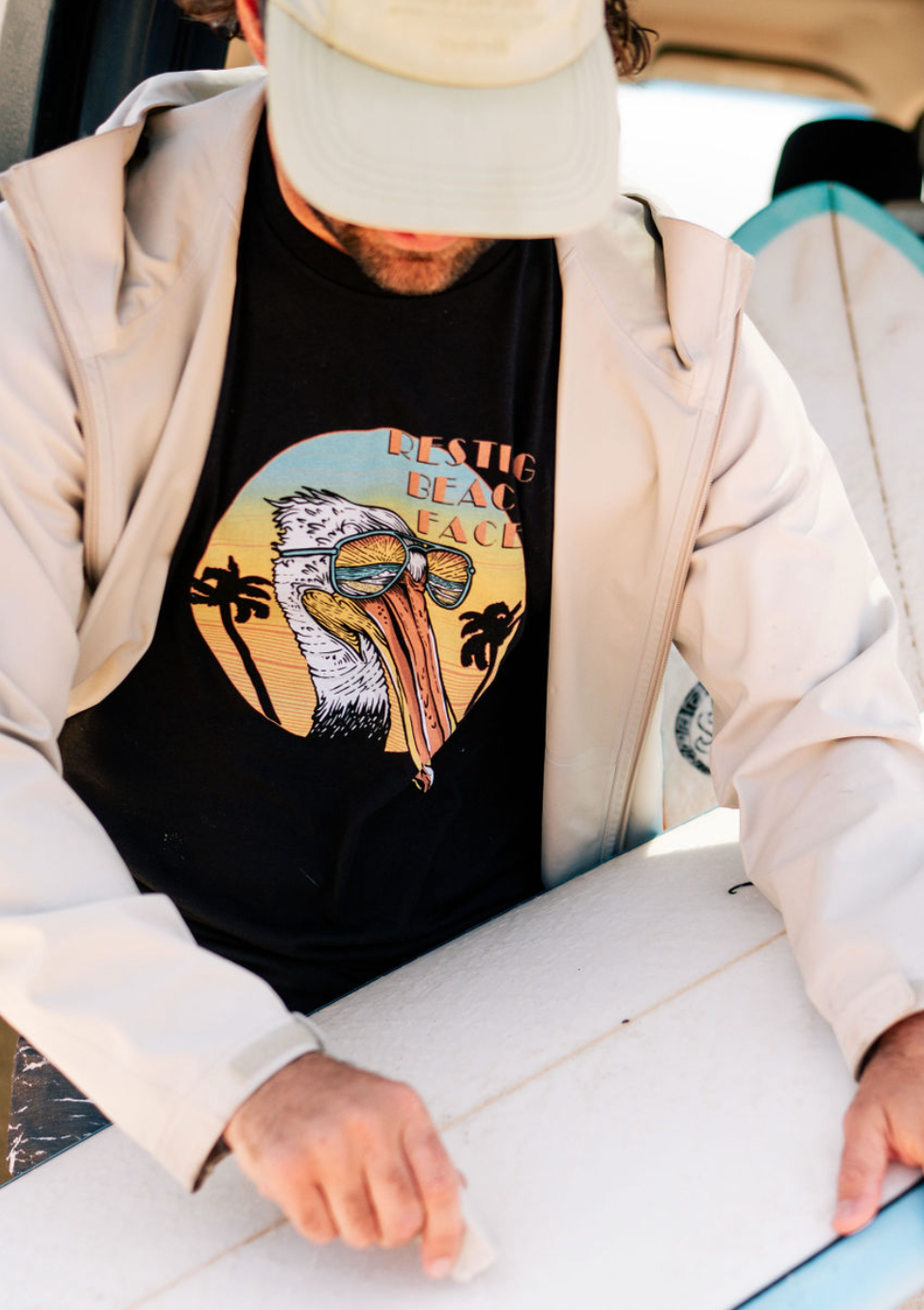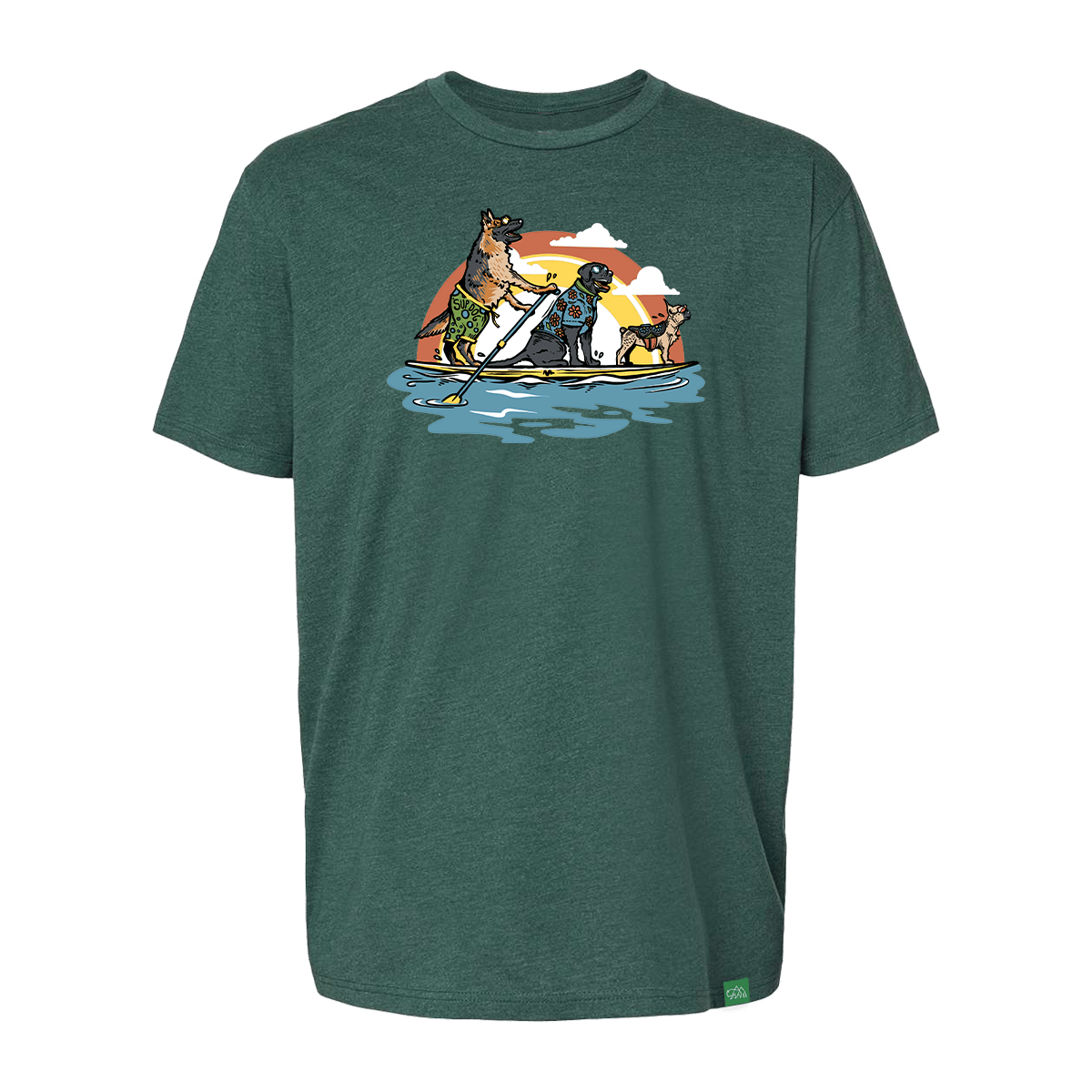Our donation to the Grand Canyon Conservancy's Colorado River Restoration Project will assist the urgent action needed to restore, preserve, and protect Grand Canyon National Park's native flora, fauna, and cultural heritage sites resulting from the unprecedented ecological impacts of evolving change within the Colorado River corridor.
Climate change is threatening Grand Canyon National Park, from the animals that reside in the canyon to the water that nourishes life. The low water levels in Lake Powell and Lake Mead present many major management challenges along the 277 miles of the Colorado River that wind through the park. The Glen Canyon and Hoover dams generate power for significant parts of the southwest as well as provide water for municipal and industrial uses in this area. The lower the volume of stored water in these dams, the more these vital services are at risk. Low water levels are also threatening the water recreation capacity for those bodies of water, which is an important part of the National Park Service mission. It is also having devastating impacts on the habitats of threatened fish, including the humpback chub and the razorback sucker in the park.
The Colorado River Restoration Project is one of scale. Examples of how both our and your support help include:
WATER AND LAND
• Native fish conservation and monitoring. Smallmouth bass and other warm-water, non-native fish are coming through Glen Canyon Dam, endangering native fish like the razorback sucker and the humpback chub. The invasion is due to the unprecedented low level of Lake Powell, which has made the waters level with the penstocks, allowing fish to pass through the turbines. The presence of these non-native fish in Grand Canyon could result in a whole scale shift from a native-dominated to a non-native-dominated fishery in the park. Work includes removal of non-native predatory fish, translocation of native fishes, river missions, and data analysis.
• The monitoring of hydrology, geology, and paleontology resources along the Colorado River impacted by visitor use, climate change, and Glen Canyon dam operations. Many locations are not accessible via the rim, and the river corridor will be surveyed for these resources.
• Beach/Campsite restoration along the Colorado River. Controlled floods from Dam releases, previously used to rebuild beaches for campers, and sandbars for fish, have been halted due to persistent drought. Restoration efforts are focused on campsites and beaches for recreational use by visitors and guided river missions.
PLANTS AND ANIMALS
• Survey, assessment, and restoration of native vegetation along the Colorado River including removal of non-native vegetation and re-establishment of native vegetation. Work includes partnerships with youth conservation teams and agreements with tribal partners to work with NPS on the river.
• Wildlife river missions for native herpetofauna, aquatic invasives, and sensitive and listed species surveys including Mexican spotted owls, bats, rare and listed birds, and bighorn sheep; wildlife disease monitoring at campsites and other areas, e.g. bats/rabies, carnivores, and rabies/plague, hantavirus
Learn more about the Grand Canyon Conservancy here.

